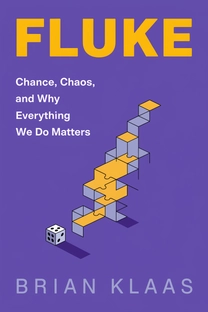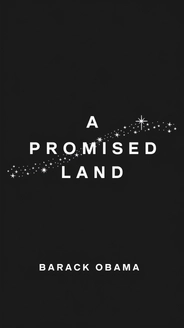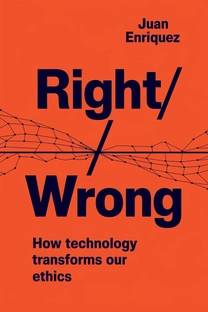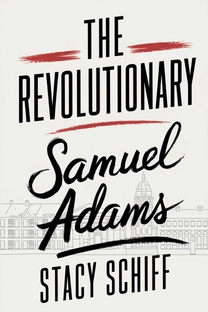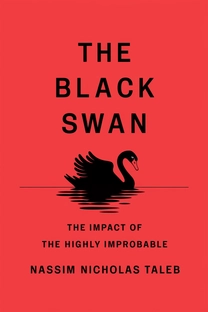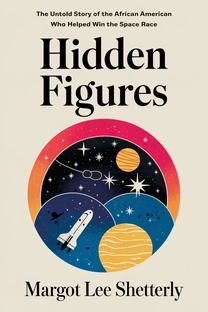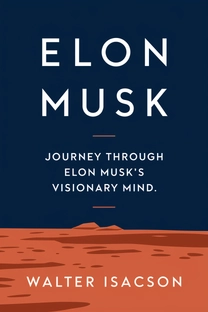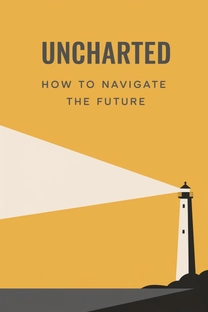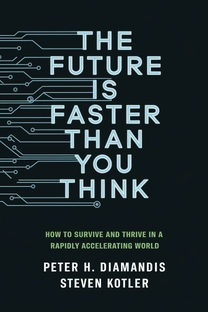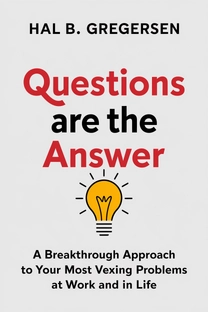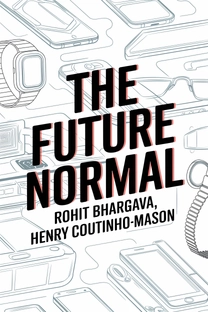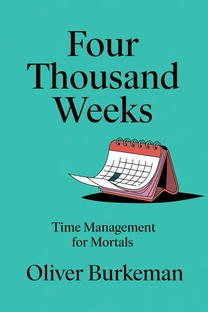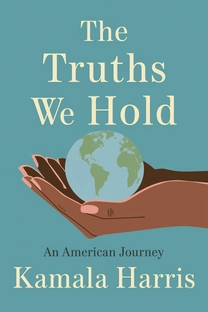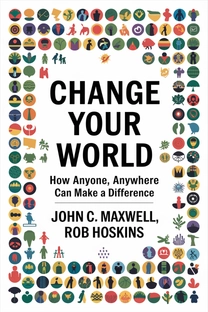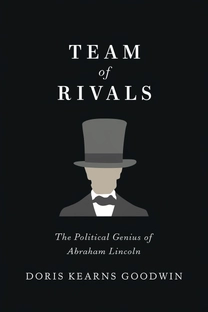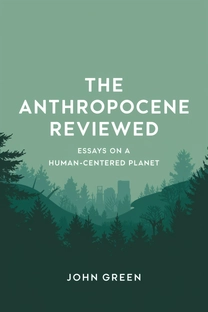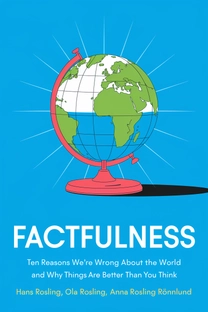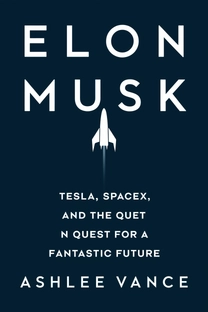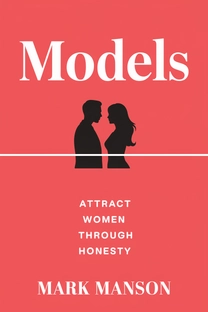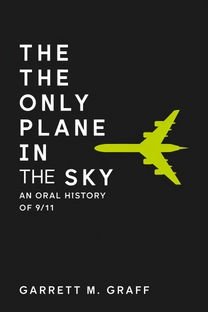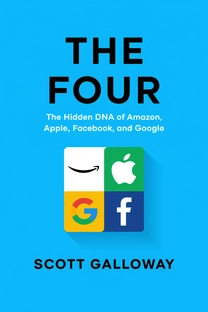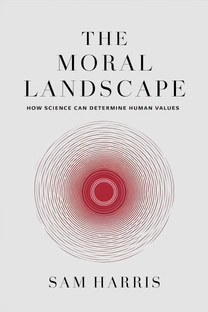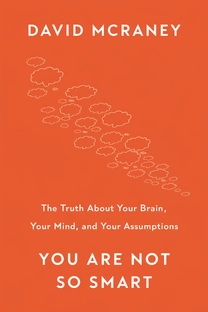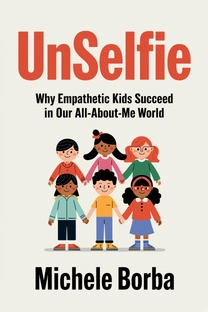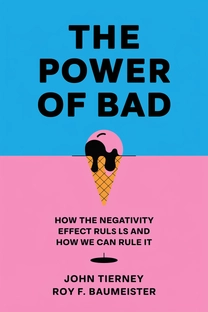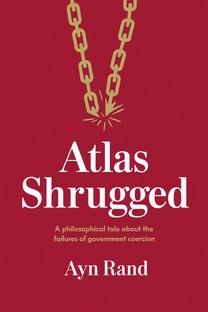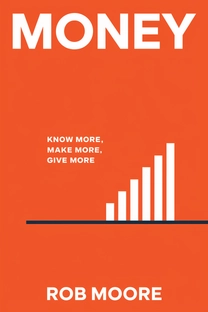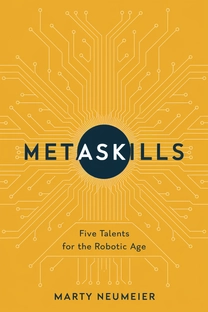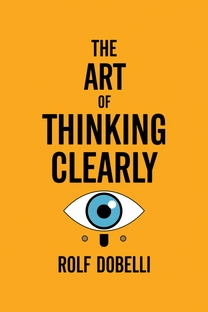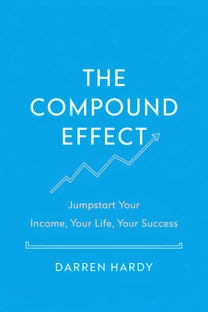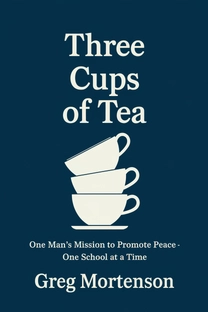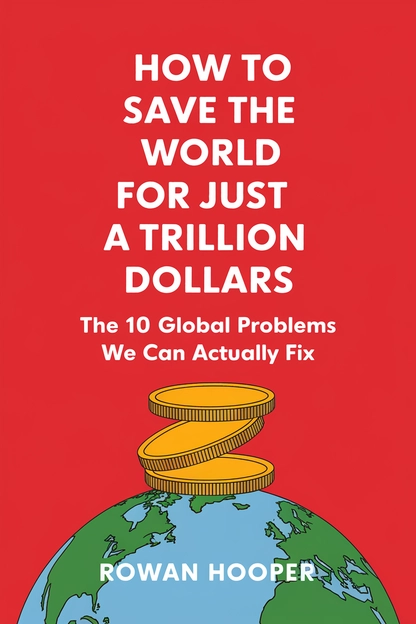
How to Save the World for Just a Trillion Dollars
The 10 Global Problems We Can Actually Fix
by Rowan Hooper
Brief overview
This book proposes a bold blueprint for using a trillion dollars to create tangible improvements in global well-being. It examines how to finance solutions for poverty, health, biodiversity, and climate change, while also fostering exploration beyond Earth’s borders. By reading it, you’ll see how massive funding allied with visionary thinking could reshape our future in profound ways.
Introduction
Imagine you could guide the spending of a trillion dollars with just one goal—to save the world and uplift humanity. That’s the inspiring premise behind this book. It urges us to look beyond everyday budgets and think: what if a truly massive sum of money were used to meet our toughest global problems head-on—including climate change, disease, and the potential for new discoveries in space?
Right away, readers are asked to dream big. By pooling resources on a breathtaking scale, we might fix global injustices, protect the planet’s biodiversity, and even launch humanity into a new era of cosmic exploration. The possibilities are vast, limited only by our collective imagination and determination.
At its heart, this venture is more than just economic theory. It’s a call to rethink our priorities and recognize that many crises facing Earth share common roots—like outdated infrastructure, overreliance on fossil fuels, and underfunded research. As you begin, consider this a challenge to re-envision the future, using large-scale financing as the key.
The Power of a Trillion
A trillion dollars is mind-bogglingly huge, yet in a global context, it’s about one percent of the world’s annual economic output. This unique sum carries enough weight to shift entire systems if channeled strategically. Current spending patterns don’t always prioritize long-term solutions. The argument here is simple: direct this giant windfall toward transformative, not just incremental, changes.
One emphasis is on flexible interventions that address root causes—like poverty, disease, food insecurity, and weak infrastructure—rather than short-term fixes. From building robust healthcare networks to subsidizing green energy development, the trillion is a lever to move entrenched obstacles. It can spur innovation in fields long starved of resources, creating a ripple effect that fosters greater equity.
Thinking at this scale requires setting aside political bickering and focusing on collective goals. It’s a call for collaboration among scientists, governments, businesses, and philanthropists. By uniting behind an audacious financial commitment, we can break away from business-as-usual and embrace bigger hopes for humanity’s future.
What is How to Save the World for Just a Trillion Dollars about?
In "How to Spend a Trillion Dollars: The 10 Global Problems We Can Actually Fix," Rowan Hooper presents an audacious yet compelling vision for harnessing massive wealth to tackle the world's most pressing challenges. From eradicating poverty and disease to fostering sustainable development and exploring new frontiers in space, this book offers a well-researched blueprint for using vast sums of money to create meaningful global improvements. With a trillion dollars at our disposal, innovations in technology and systemic reform could lead to more equitable distribution of resources and long-term planetary health.
Hooper's narrative examines the intricacies of pressing issues such as climate change, biodiversity loss, and food insecurity. He underscores the potential of a trillion-dollar investment to revolutionize healthcare systems, develop efficient renewable energy sources, and promote conservation efforts that ensure ecological balance. The book envisions a world where poverty is mitigated, diseases are controlled, and humanity's reach extends beyond Earth. This is not just an economic strategy but a moral imperative that urges society to align financial resources with visionary goals of universal well-being.
Aimed at galvanizing readers to think beyond traditional financial allocations, "How to Spend a Trillion Dollars" inspires a shift in priorities. It highlights how collaborative efforts among governments, corporations, and communities can drive transformative change. The book argues that with strategic investments, a trillion dollars could become a catalyst for global prosperity and innovation, making a profound impact on future generations.
Review of How to Save the World for Just a Trillion Dollars
"How to Spend a Trillion Dollars" by Rowan Hooper is a compelling exploration of how a strategic financial investment could lead to groundbreaking solutions for global challenges. One of the book's key strengths is its thorough examination of interconnected problems—such as health, climate, and economic inequalities—and the proposition of multi-faceted solutions that are practical yet ambitious.
The book excels in illustrating how the proposed allocation of funds isn’t merely a theoretical exercise but a vital necessity. Hooper brings an articulate prose style that makes complex systems and issues accessible to readers from diverse backgrounds. The insights offered are not just theoretical but include actionable steps, such as boosting renewable energy generation and enhancing global healthcare systems, highlighting the broader implications for societal progress.
Hooper's writing strikes a balance between urgency and pragmatism, presenting a well-rounded view of what an infusion of a trillion dollars could achieve. The book appeals to policymakers, environmentalists, economists, and curious minds who are passionate about making a difference. In essence, "How to Spend a Trillion Dollars" is highly recommended for those looking to understand the transformative power of well-invested capital in catalyzing change and securing a sustainable future.
Who should read How to Save the World for Just a Trillion Dollars?
- Economists, interested in the potential of strategic investments to address global issues, will find this book insightful for its financial planning wisdom and vision.
- Environmentalists will benefit from this perspective on allocating vast resources to combat climate change and preserve biodiversity.
- Policy-makers seeking significant, evidence-based proposals for addressing systemic global problems through large-scale funding initiatives will find this a valuable resource.
- Philanthropists and innovative thinkers can draw inspiration from how directed capital could fuel social and technological progress.
- Educators and students looking to explore the intersection of economics, science, and global policy in addressing the world's pressing challenges.
About the author
Book summaries like How to Save the World for Just a Trillion Dollars
Why readers love Mindleap
10-Minute Book Insights
Get the core ideas from the world's best books in just 10 minutes of reading or listening.
Curated For You
Discover your next favorite book with personalized recommendations based on your interests.
AI Book ExpertNew
Chat with our AI to help find the best book for you and your goals.
Reviews of MindLeap
Love how I can get the key ideas from books in just 15 minutes! Perfect for my busy schedule and helps me decide which books to read in full.
Alex R.
The summaries are incredibly well-written and the audio feature is perfect for my commute. Such a time-saver!
Jessica M.
Great app for personal growth. The insights are clear and actionable, and I love how they capture the essence of each book.
Chris P.
The app is beautifully designed and the summaries are top-notch. Definitely worth every penny!
Sarah K.


